One of the highlights of this years Superbooth 19 was the U.D.O Audio SUPER 6 Synthesizer, a 12-voice polyphonic, binaural analog-hybrid Synthesizer. Very exciting here: two Synthesizer worlds bounce beautifully on one another: state of the art digital synthesis based on FPGA and classic high-quality analog technology. Both do not compete but harmonize together or as U.D.O describes: a harmonious marriage.
U.D.O Audio recently released the complete specs of the SUPER 6 Synthesizer with all the details you need to know. An interesting point can be found at the end of the features list: “unlock multi-timbral mode (not on release)”. So we can assume that the SUPER 6 will grow into a multi-timbral hybrid synth in upcoming firmware updates.
In addition to the entire feature list, the developers have sent photos in the press release, where you get an insight into the development and the first prototype of the SUPER 6.
Full Specs
Oscillators
- Two Wavetable FPGA-based Direct Digital Synthesiser Oscillators per voice.
- DDS1 (Direct Digital Synthesizer)
- FPGA Based Super-Wavetable Oscillator Core sampled at 40MHz with Centroid-Oscillator and 6 sister oscillators dynamically detuned & de-phased in the stereo field
- Sine, Sawtooth, Squarewave, Triangle, Noise
- 16 Wavetables that can be user-defined
- Range adjustable from 2’ to 64’
- DDS2
- FPGA Based Wavetable Oscillator Core sampled at 40MHz
- Sinewave, Sawtooth, Square, Triangle, Noise and Pulse Waveforms
- Hard-Sync to DDS1
- Crossfade with DDS1 with adjustable split-point on the keyboard
- LFO Mode
- Sub-Oscillator Mode Active when in LFO Mode
- Variable Pulse Width and PWM
Mixer
- Adjusts Mix-Level of DDS1 and DDS2 Audio Paths
- When in Oscillator X-Fade mode, adjusts Split-Point on Keyboard
Voltage Controlled Filter
- Analogue 4 Pole Low-Pass Self-Resonant Filter
- Two Levels of Overdrive
- High-Pass Filter with Fixed Frequency or Linked to Low Pass Filter for BandPass response
- Selectable Keyboard Tracking with Filter Autotune For Accurate Keyboard Tracking
- Modulation by ENV1 &/or ENV2, LFO1 and DDS2
Voltage Controlled Amplifier
- Analogue VCA with Selectable Fixed or Variable Envelope (ENV2)
- Dynamics Control For Velocity Sensitivity
- Modulation By LFO1
DDS Modulator
- LFO and Envelope Control of DDS1 & DDS2 Pitch
- Selectable ½ Super or Full Super Mode for DDS1
- Variable Detune Control For Super Waves and Variable Pulse Width control for selected Standard Waves
- LFO and or ENV1 can modulate the depth of Detune for the Super-Waves and the Pulse Width for the standard waves
- DDS2 to DDS1 Cross Modulation for Deep FM Sounds
Envelopes
- ENV1 Invertible Hold-Attack-Decay-Sustain-Release, Multiple Destinations
- Looping Mode Selectable Keyboard-Tracking for LFO and FM Duties
- ENV2 Attack-Decay-Sustain-Release, Multiple Destinations
LFO1
- Main LFO with rate adjustable from 0.05Hz to 20kHz in Low and High-frequency modes
- One LFO per-voice implementation
- Left – Right Phase Control for Stereo Effects and Harnessing The Binaural Sound Engine
- One-Shot Mode for Envelope Duties
- Keyboard Tracking Mode for FM sounds
- LFO1 can be mapped through the DDS1 or DDS2 Audio path in either Fixed or Tracking modes for use as a Drone or Third-Oscillator
- Free-Running, or Reset on note press or Beginning of Bar for Sequencer/Arpeggiator
Modulation Matrix
- Intuitive Modulation Matrix For Second-Tier Modulation Functions
- LEDs give clear feedback on assignment Depths
- 20x Audio Rate Oversampling Computation
Audio Input
- Stereo Audio input that can be fed through the 12 Analog Filters and the effects section
- Audio to Gate Trigger with variable-gain input stage
Keyboard & Controller Section
- 49 key Fatar Mechanism with Velocity and Aftertouch
- Two-Axis Bender with LFO trigger
- Voice Modes Poly 1, Poly 2, Variable Size Unison, Solo and Legato
- Keyboard Adjacent Dedicated Controls for Bend Range to DDS1/2 and VCF
- Global LFO2 with Rate and Delay Controls. Triggered and Always-On modes
- Variable Portamento
- Playable Spring-Lever Keyboard Octave Selector
- MPE MIDI Compliance with mapping to Press and Release Velocity, Bend, Poly Pressure and Expression
Arpeggiator-Sequencer
- MIDI Syncable Multimode arpeggiator with Smart-Hold
- 1-4 Octave Range selectable for Arpeggiator
- MIDI Syncable 64 – Step Sequencer with Programmable Note, Rest, Slide and Accent Controls
- LFO1 and Delay Controls CAn be Locked to Arpeggiator/Sequencer Clock
- 64 Sequence Memories
Effects
- Dual Mode Stereo Chorus using 24-bit 192kHz processing
- Syncable & Modulatable Stereo Delay with 24-bit 192kHz processing
Performance
- 64 User Patch Memories
- Patch, Sequence & Waveform Management via simple USB ‘Memory Stick’ type interface
- Easy access buttons and a Menu-Free Interface
IO Connections
- MIDI In, Out and Hardware-Thru on DIN Connectors
- USB For MIDI, Patch & Sequence Management and Waveform Download
- Audio Input on Stereo ¼” Jacks
- Expression Pedal Input. Responds to CV inputs 0-5V and routed to Modulation Matrix
- Sustain Pedal Input. Accepts standard momentary footswitch
- Main Output Left and Right on ¼” Jacks
- High-Quality Stereo Headphone Power Amplifier
Integration & Other Specs
- Easy Disk-Access Patch & Sequence Management and Waveform Download
- (Unlock Multi-timbral Mode) not on release
- (Unlock Deeper Modulation Capabilities) not on release
- Easy OS Upgrade
- Universal (Worldwide) Mains AC input on IEC C14 Connector: 30W Power Consumption
- Weight approximately 10kg
- Size approximately 846 x 360 x 100 (including feet and knobs)
Binaural
The Binaural refers to the twin synthesizer signal paths. In Binaural mode, each channel ‘ear’ has a complete synthesizer voice. You can detune (and de-phase) the left and right oscillators, amplitude and filter (and indeed other parameters) relative to each other.
The effect is subtle to extreme stereo movement and an improved sense of 3D positioning relative to conventional mono signal-chains panned at the output. It has in this sense 6 “Super voices” that each use two “conventional” voices, hence “Super 6”
On Superbooth 19, I have interviewed the main developer and Axel Hartman, the designer of the interface. Check out below the video from SB 19.
U.D.O Audio SUPER 6 will be available in Autumn 2019 for an estimated price of 2000£ incl. tax.
More information here: U.D.O Audio

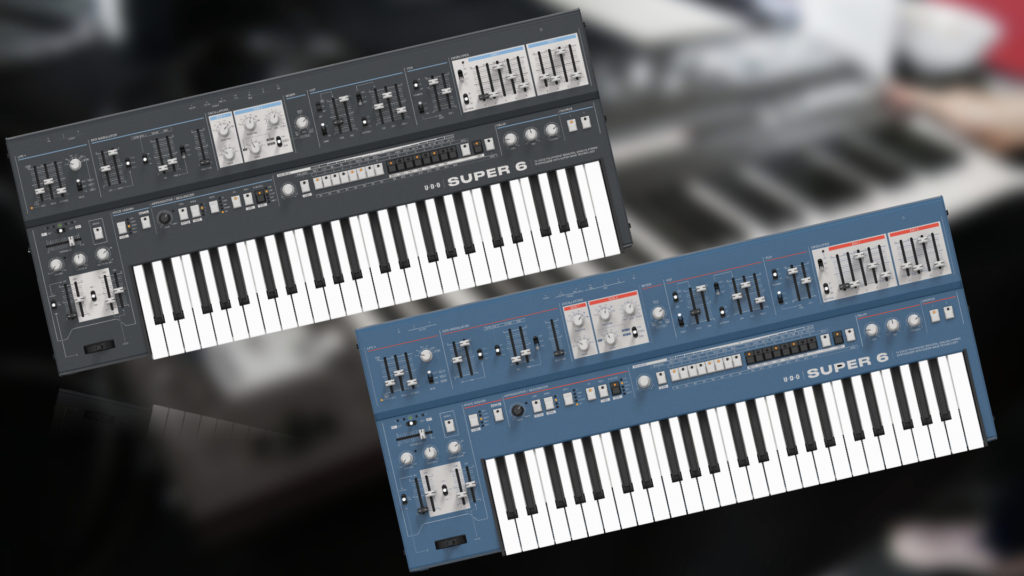



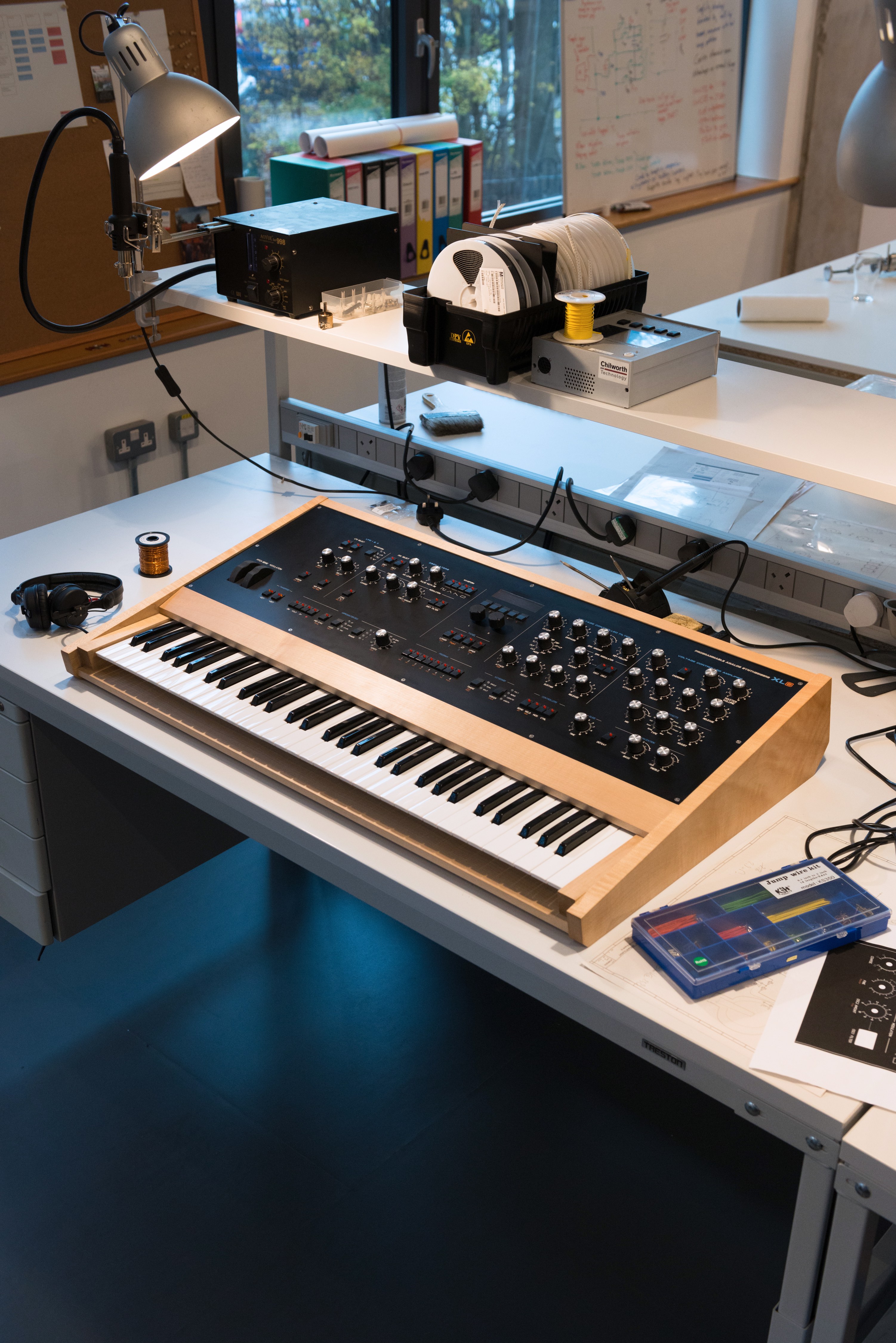
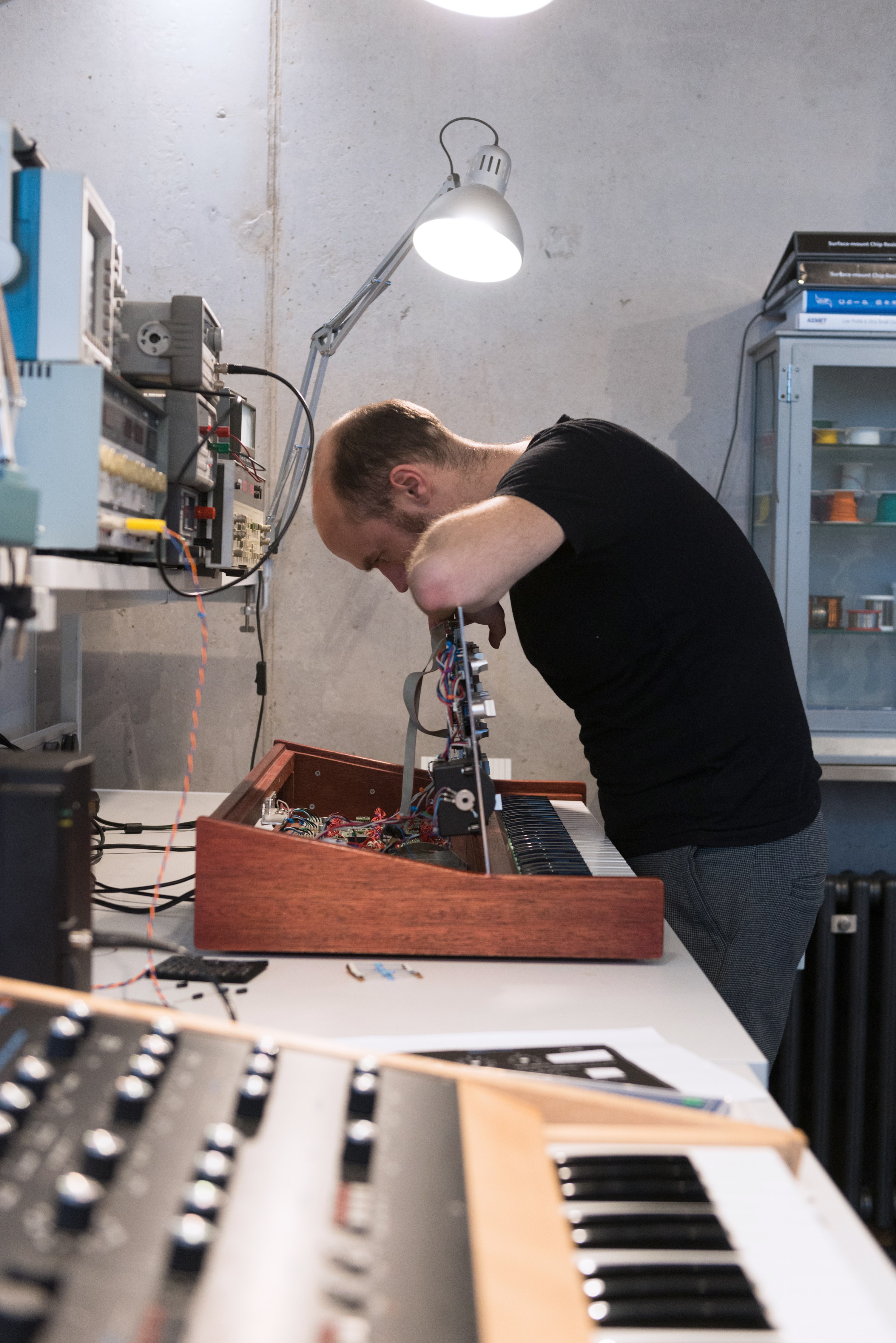




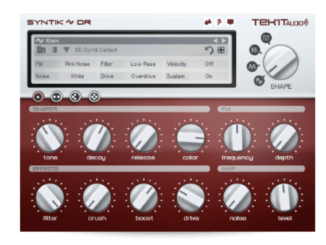
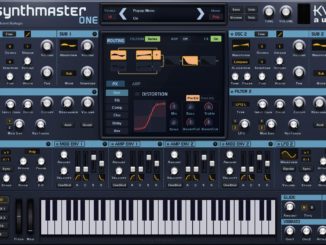
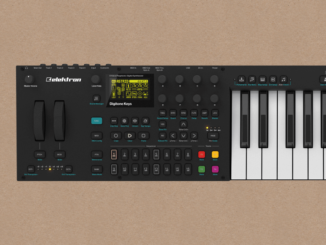
2000£?! Good luck!